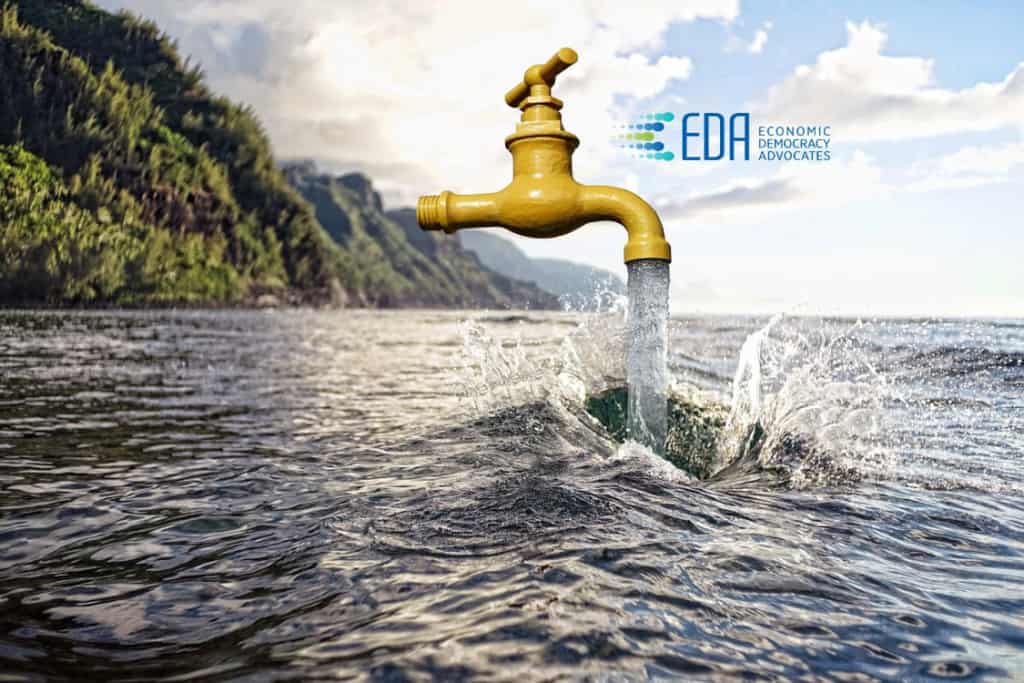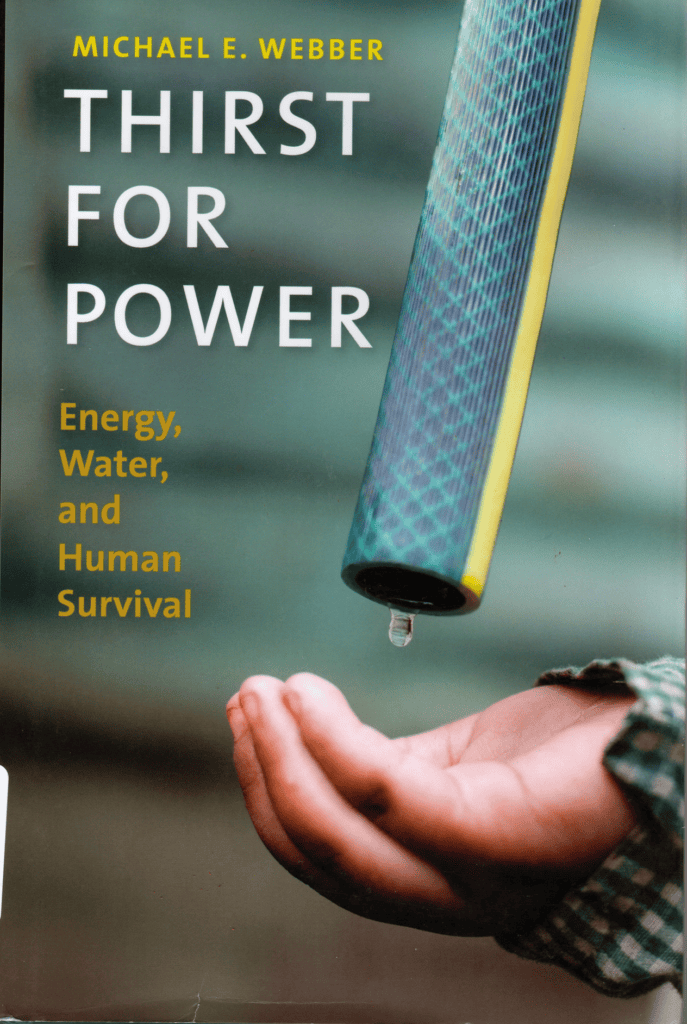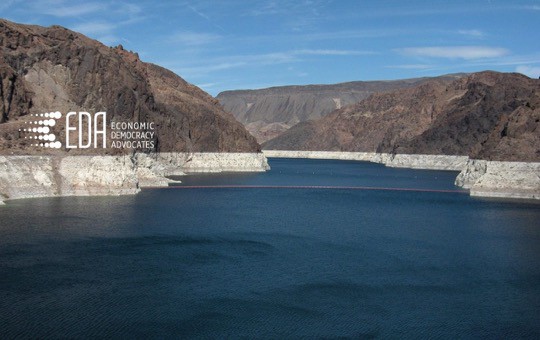Recent actions by the new US Administration have raised alarm over the protection of water for our citizens. An earlier post in our blog this month discussed the budgetary changes that will cause an enormous impact for the Great Lakes. This collection of five lakes is the largest group of freshwater lakes on Earth, and contains 84% of North America’s surface fresh water and 21% of the world’s surface fresh water by volume. These five lakes provide drinking water to roughly 8 percent of the U.S. population and 32 percent of Canada’s.
The importance of protecting our drinking water cannot be overstated. In the recent several years, toxic algae blooms in Lake Erie have caused several coastal communities to shut down drinking water access. This happened before the cuts that are being proposed. We are very concerned about these trends in damaging our water resources by weakening the regulations that are in place today.
This post was reprinted from an article in New Scientist. We will follow this with another post that was sourced from the Union of Concerned Scientists. We need to begin to spread awareness of the impact of reduction of the safety measures that have been in place to protect our Common resources. We cannot allow these resources to be denigrated by neglect or greed. We ask readers to reach out to Members of Congress to protect our water, and make it clear that protection of the environment is their job, and we will measure their job performance accordingly.

Dismantling anti-pollution rules will affect the quality of drinking water for millions of Americans – Teresa Short/Getty
It’s difficult to square the rhetoric with the action. On 28 February, Trump signed an executive order restricting which bodies of water are subject to pollution regulations. Just hours later, he told Congress his administration aims to “promote clean air and clean water”.
For more than a third of Americans, drinking water comes from streams or rivers, which don’t stop at state boundaries. Removing the power of the US Environmental Protection Agency (EPA) to enforce clean water laws will just push those responsibilities onto individual states.
The Waters of the United States rule was added to the Clean Water Act of 1972 under the Obama Administration in 2015. It expands the EPA’s purview from “navigable” waters to any continuous flow of water. If the rule is dismantled, Trump’s speech was just politics and not policy. Leaving pollution standards up to individual states could mean that pollution from one state’s lax laws could disproportionately affect neighbouring states that share waterways.
“How land is managed in one state will affect what happens downstream,” says Durelle Scott at Virginia Tech in Blacksburg. “When we think about water management, we have to think about the entire watershed.”
Troubled waters
The rule has been controversial since its enactment. Environmental groups supported it as a way of curbing industry’s ability to skirt existing anti-pollution laws.
“Industry got around some of the regulations of the original Clean Water Act by digging artificial ditches, which, by definition, were not navigable, so they could escape regulation that way,” says Ricardo Salvador at the Union of Concerned Scientists.
But Republicans, including Jeff Holmstead, former assistant administrator of the EPA for Air and Radiation, argued the rule is a misuse of the agency’s regulatory authority. For example, developers and farmers need a permit from the Army Corps of Engineers to build on wetlands – which can be deceptively dry a lot of the year.
“That’s a vast overreach,” Holmstead says. “That has concerned a lot of landowners and developers who all of a sudden aren’t sure what they can do with their land.”
Salvador says rolling back the rule will simply lay the cost of cleaning up polluted water at the feet of local municipalities, which gives an advantage to wealthier counties and states. Developers are currently required to offset habitat destruction, which Scott says would be left to taxpayers to cover, if reversed.
“It’s pushing the problem downstream and making it more expensive for society,” says Salvador. “We’ll all end up paying for it if we have to put more money in on the water treatment side.”
It’s all downhill
If the clean water rules are dismantled we would end up with less diverse ecosystems, smaller recreational areas, and decreases in the outputs of fisheries, Scott says. Not to mention a far smaller supply of water for manufacturing and drinking.
“People will have to go further and further upstream to find water that’s a good quality to use for the kinds of things we need as a society,” he says. Downstream, sensitive coastal areas with high economic value will be at risk. “It’s been shown in the Great Lakes, the Chesapeake Bay, the Gulf of Mexico. There’s decades of science behind the protection of our streams and wetlands,” Scott says.
During his confirmation hearings, newly appointed EPA administrator Scott Pruitt said that states should play a bigger role in environmental regulation.
That won’t cover it, says Scott. “Water runs downhill. Wherever you are in a river system, it doesn’t matter when it crosses state lines,” says Scott. “People think when something goes into a stream, it’s gone. But it’s going to travel downstream.”
But we’re not up a creek yet. Salvador says that even if the review of the rule results in significant changes, putting them in place will require lawmakers to agree on the technical definitions of waterways after taking input from industry, scientists and the public.
“We’re talking about many, many years of rule-making and litigation,” he says. “Assuming there’s still an EPA by that time, this could be two, three, even four years from now.”
Read more: US conservative bill aims to axe EPA – here’s why it won’t work, Alarm as climate sceptic named head of US environment agency
Article by: Chelsea Whyte
Originally published in New Scientist


